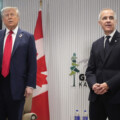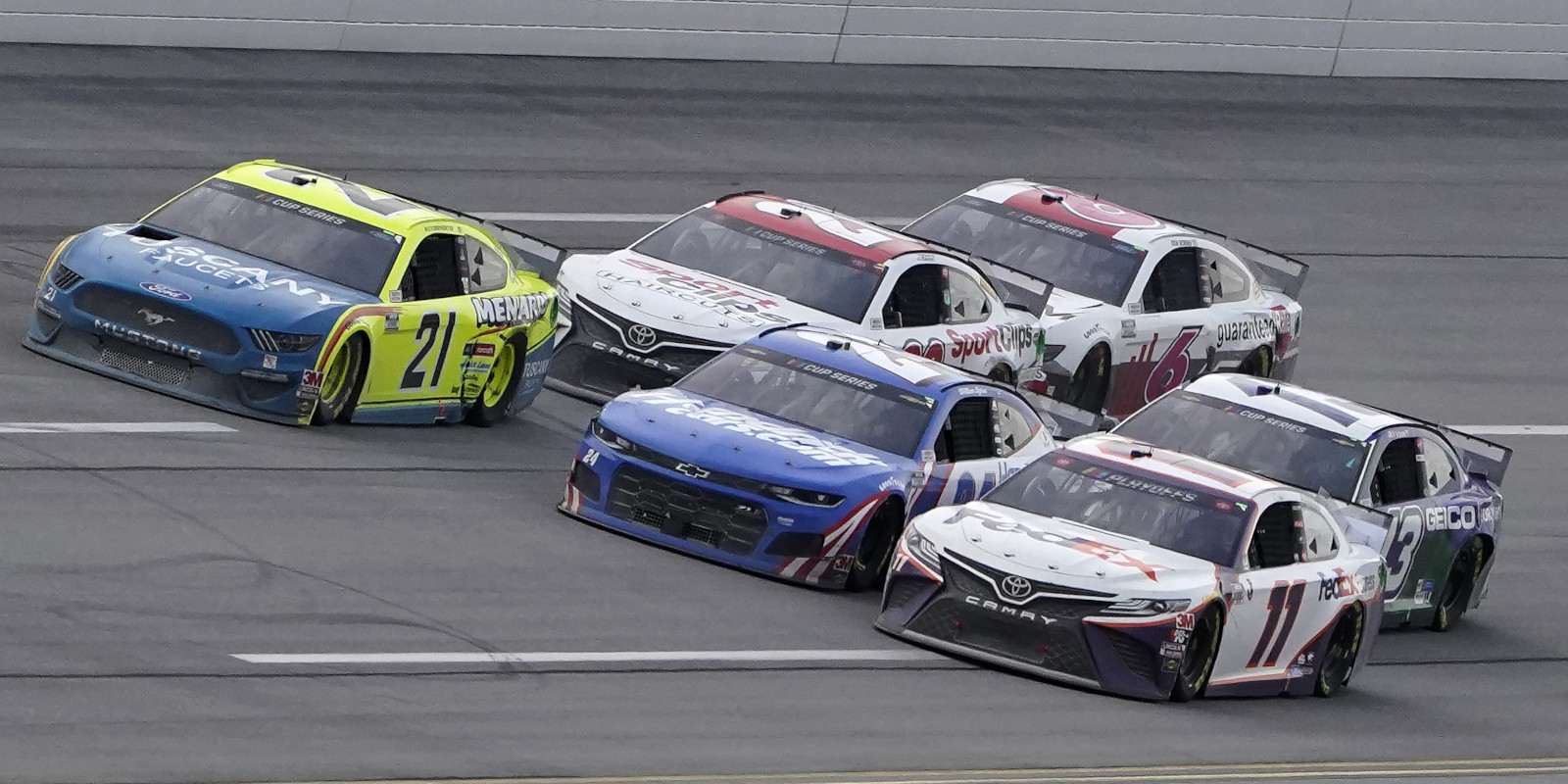Get a jab and it could be all yours.
But only for Canadians who live in Alberta or Manitoba, of course. Premier Jason Kenney announced on Saturday that the province will be instituting an “Open for Summer” lottery with three top prizes worth $1 million each as a way to motivate more Albertans to get their vaccines. Additional non-cash prizes include 40 travel-related giveaways.
Kenney said at a press conference on Monday that these incentives are necessary to reach those who are hesitant but still persuadable.
“There always will be some who will never get a vaccine of any kind. No fact and no plea to civic responsibility will sway them. But we also know that there are lots of people who want to get vaccinated or are thinking hard about it but they just haven’t taken the plunge yet,” said Kenney.
“We really need to push hard to encourage the 15 percent who want to get vaccinated or are open to it but have not yet gotten around to it,” he said.
To date, the only other province to provide similar incentives is Manitoba, who led the way in Canada on this initiative by being the first province to implement a vaccine lottery. Vaccinated Manitobans will be entered into a lottery that will award nearly $2 million in cash and scholarships, the province announced on June 9.
So far, Canada’s incentives have been comparatively muted, though, with the biggest draws being cold, boring cash (outside of the free lifesaving vaccine, of course).
For more creative prizes we naturally have to look to our southern neighbours.
A smorgasboard of American vaccine prizes
While many American states are implementing cash lotteries and scholarship opportunities as well, many more varied and locally unique prizes can be found in jurisdictions across the country.
Here are ten of the most inventive incentives:
- The Devil’s Lettuce in Washington state: Fully interested in playing to stereotype, the state is enabling state-licensed dispensaries to give qualifying customers one pre-rolled joint at an in-store vaccination clinic through its “Joints for Jabs” program.
- Guns in West Virginia: Got some skeets that won’t shoot themselves? West Virginia has you covered. Five hunting rifles and five custom shotguns were available as winnings in that state’s lottery giveaway.
- Crawfish in New Orleans: COVID or crawfish? The city banked on that being an easy choice, as a local business incubator partnered with a seafood market to give away one pound of crawfish for the price of one shot at an event in May.
- A rip around the world’s most famous racetrack in Alabama: Time to get your Ricky Bobby on. A mass testing and vaccination event in May gave Alabamans aged 16 and over the opportunity to take two laps around the Talladega Superspeedway. A needle was not required for participation, as the offer extended even to those who only got a COVID-19 test.
- Mascot merch in Philadelphia: Yes, the “Philly Vax Sweepstakes” included 400,000 dollars in cash, but surely the city’s most coveted prizes came from the Philadelphia Flyers: as part of their “Take Your Shot” campaign the team partnered with Penn Medicine to give out immunizations at a playoff game with incentives including vouchers for game tickets and, most alluringly, Gritty themed t-shirts and stickers.
- Festival tickets in Chicago: The best way to break from more than a year of social distancing is to be jam-packed limb to sweaty limb with beer-spilling strangers as indiscernibly loud beats blow out your eardrums. Just like the good ol’ days. Chicago is set to give out 1,200 passes to the Lollapalooza music festival at a mass vaccination event on June 26.
- Tacos in California: Along with discounted sports merch, dream vacations and cash totaling an eyebrow-raising 116.5 million dollars in prizes, California has also partnered with Taco Bell and Chipotle for a free taco and some queso blanco with proof of vaccination at each respective establishment.
- The full big city experience in New York: Governor’s Ball passes, MetroCards, staycation packages and baseball, Broadway and concert tickets are all on offer in New York state.
- Love, anywhere in America: The White House announced in May that it had partnered with dating apps Tinder, Hinge, OKCupid, BLK, Chispa, Plenty of Fish, Match, Bumble, and Badoo to give vaccinated users access to premium content such as boosts, super likes and super swipes. Perhaps the aim here is to tackle two problems in one.
- Calories, also anywhere in America: If you’re an American who super strikes out on all of your super swipes, no worries, you can just eat and drink your sorrows away — many businesses have joined in the cause to get every American vaccinated by any means necessary, with Krispy Kreme making perhaps the biggest initial splash when they offered a free donut to every inoculated individual in the country. Anheuser-Busch, meanwhile, has partnered with the White House for the biggest beer giveaway in history — the company will provide a free beer to every American if the country reaches a 70 percent vaccination rate by July 4.
But will any of this actually work?
Can the lure of lottery cash and incentives inject enough enthusiasm to motivate the still-hesitant to line up for their shot? Or are these simply substance-less stunts that miss the point entirely, as some have criticized, including Robert Oxoby, the head of the University of Calgary’s economics department.
“You can’t change preferences with money. There’s years of evidence that you can’t do it,” he told the Calgary Herald.
University of Calgary associate professor and economist Trevor Tombe presented a different view, commenting on Twitter:
“Some reject that incentives matter. Fair enough, but there are many studies investigating the effect of cash and other incentives to increase vaccine uptake. They increased uptake there. Is this time different? Don’t know. Definitely worth a shot.”
Some initial data suggests they could make a difference.
A recent YouGov poll showed that nearly half (42 percent) of Americans on-the-fence about vaccines responded favourably to at least one of the eight potential incentives that were on offer in the poll, while at least one incentive mattered to 91 percent of those who were planning on being vaccinated.
Ohio Governor Mike DeWine revealed on CNN that the state’s vaccination rate had gone up 45 percent two weeks after it’s “Vax-a-Million” lottery was announced, with the biggest jump being in 16- and 17-year olds who’s cohort experienced a 94 percent increase in vaccinations.
As for Alberta? As of June 15, nearly 900,000 Albertans had registered to participate in the lottery.
Similar enthusiasm is evident elsewhere. United Airlines had over 400,000 entrants and more than 100,000 new sign-ups in the first 48 hours for its MileagePlus “golden ticket” scheme. Krispy Kreme has so far handed out more than 1.5 million donuts.
Whether they move the needle or not, offering incentives seems a no-brainer for participating brands. A Morning Consult poll showed that forty-one percent of U.S. adults said they would feel more favourably about a brand that incentivizes consumers to receive vaccines with offers of free products or services. This amount was 24 percent higher than the 17 percent who said the opposite.
All in all, heading to a Yankees game with a Nacho Cheese Doritos® Locos Taco in one hand and a bucket of crawfish in the other, arm-in-vaccinated-arm with your Tinder date dressed head to toe in Gritty gear? America, that sounds like a fine way to kick-off your post-pandemic life. Time to step our game up, Canada.
Recommended for You
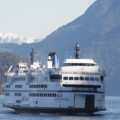
Kirk LaPointe: B.C.’s ferry fiasco is a perfectly Canadian controversy

‘I want to make Canada a freer country’: Conservative MP Andrew Lawton talks being a newbie in Parliament, patriotism, and Pierre Poilievre’s strategy
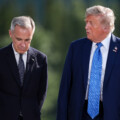
The Notebook by Theo Argitis: Trump halts trade talks, Carney’s trade-offs and John McCallum’s legacy
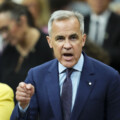
The Weekly Wrap: The Liberals must abandon their internet regulation agenda
